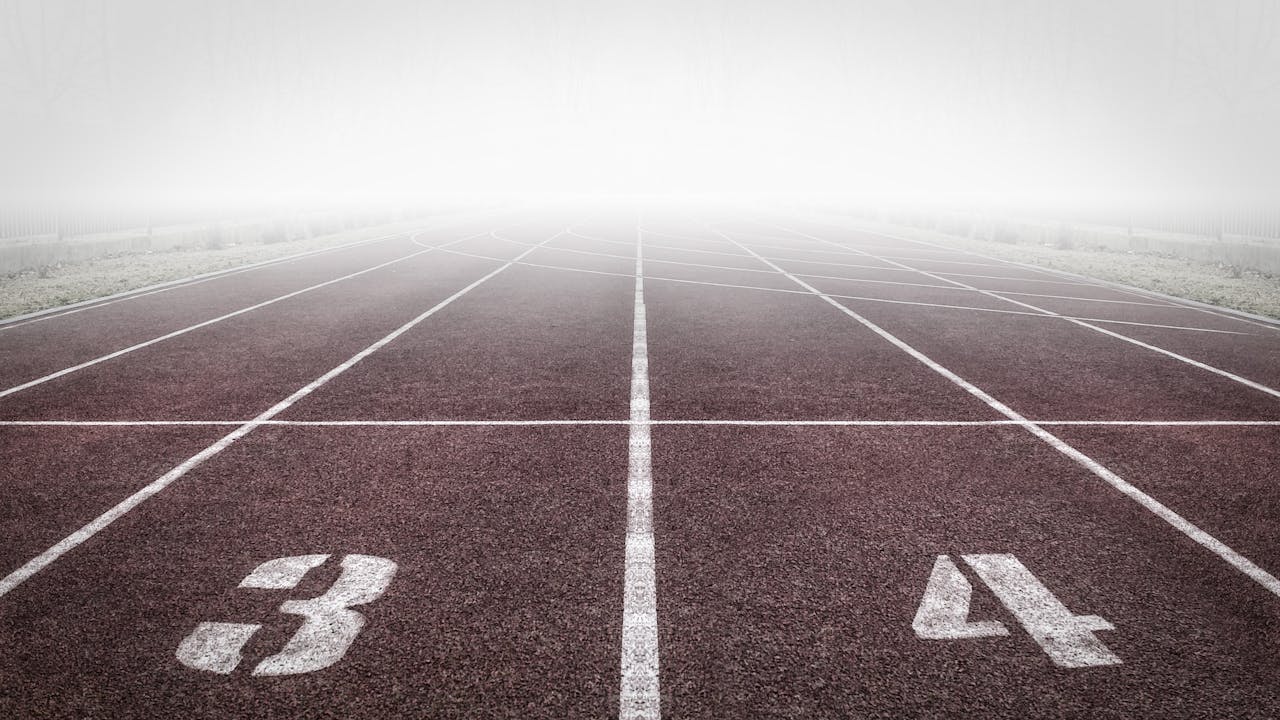In the world of sports, efficiency, and optimization of movement are key to outstanding performance. This is where the field of biomechanics comes into play, offering athletes insights into how they can move more effectively, prevent injuries, and improve their overall performance. In this blog post, we’ll delve into the world of biomechanics and explore how understanding the mechanical laws relating to the movements of athletes can lead to enhanced efficiency in sports.
What is Biomechanics?
Biomechanics is the science of movement of a living body, including how muscles, bones, tendons, and ligaments work together to produce movement. It combines principles from physics, engineering, and physiology to analyze the forces exerted by and upon the body during physical activity. In sports, biomechanics is used to understand and improve an athlete’s performance while minimizing the risk of injury.
The Role in Sports
Biomechanics plays a crucial role in enhancing athletic performance by:
- Improving Technique: By analyzing movement patterns, biomechanics helps in refining techniques to make them more efficient.
- Injury Prevention: Understanding the stresses and strains on the body can help in reducing the risk of sports injuries.
- Equipment Design: Biomechanics aids in designing sports equipment that enhances performance and safety.
- Training Optimization: It helps in developing training regimens that maximize efficiency and effectiveness.
Key Concepts
- Kinematics: This refers to the description of motion, including concepts such as speed, velocity, and acceleration.
- Kinetics: This involves the forces causing movements, like gravity, friction, and muscular forces.
- Energy: Understanding how energy is used and transformed during movement is crucial for efficiency in sports.
Analyzing Movement for Efficiency
- Motion Analysis: Advanced technology like motion capture systems can analyze how an athlete moves, identifying areas for improvement.
- Force Measurement: Tools like force plates measure the forces generated during movements, providing data to optimize performance.
- Musculoskeletal Modeling: This involves creating computer models of an athlete’s body to simulate and analyze movements.
Applications in Different Sports
- Running: Biomechanics can help optimize stride length and frequency, foot placement, and energy expenditure.
- Swimming: It assists in improving stroke technique, body position, and turn efficiency.
- Cycling: Biomechanics aids in bike fitting, pedaling efficiency, and aerodynamics.
- Team Sports: For sports like football or basketball, biomechanics helps in enhancing jumping technique, agility, and injury prevention strategies.
Case Studies
- Usain Bolt’s Sprinting Technique: Analysis of Bolt’s technique revealed how his unique biomechanical makeup contributes to his extraordinary speed.
- Michael Phelps’ Swimming Stroke: Biomechanical analysis of Phelps’ stroke helped understand his efficiency and dominance in the pool.
Biomechanical Assessments
Athletes can undergo biomechanical assessments which may include:
- Gait Analysis: For runners, analyzing the way they walk and run to improve efficiency and reduce injury risk.
- D Motion Capture: Capturing an athlete’s movement in three dimensions to analyze and optimize their technique.
- Muscle Activation Studies: Using electromyography (EMG) to study muscle activation patterns and improve training regimens.
Movement Efficiency and Energy Conservation
Efficient movement is about minimizing energy wastage. Biomechanics helps athletes understand how to use their bodies more effectively, conserving energy for when it’s most needed. This is particularly crucial in endurance sports where energy management is key to performance.
The Importance of Flexibility and Strength
- Flexibility: Adequate flexibility is essential for optimal biomechanical efficiency. It allows for a greater range of motion, which can improve technique and reduce the risk of injuries.
- Strength: Strength training enhances the ability of muscles to generate force, a critical aspect of movement efficiency. Biomechanics can guide targeted strength training to improve performance in specific sports movements.
The Role of Technology
Advancements in technology have significantly boosted the field of biomechanics. High-speed cameras, wearable sensors, and sophisticated software allow for detailed analysis of movements, providing athletes with actionable insights to enhance their performance.
Biomechanics in Injury Prevention and Rehabilitation
- Preventive Strategies: By identifying risky movement patterns, biomechanics can help in developing strategies to prevent injuries.
- Rehabilitation: In the case of injury, biomechanical analysis can guide effective rehabilitation protocols, ensuring a safe and efficient return to sport.
Conclusion
Biomechanics is revolutionizing the way athletes train, compete, and recover. By understanding and applying the principles of biomechanics, athletes can achieve greater efficiency in their movements, leading to improved performance and reduced injury risk. As technology continues to evolve, the potential for further advancements in this field makes it an exciting time for athletes and coaches alike.
Incorporating biomechanics into sports is not just about gaining a competitive edge; it’s about nurturing a deeper understanding of our bodies and how they move. This knowledge empowers athletes to push the boundaries of what’s possible, transforming their performance in ways that were once unimaginable. Whether you’re a professional athlete or a weekend warrior, the principles of biomechanics can help you move smarter, faster, and more efficiently.
